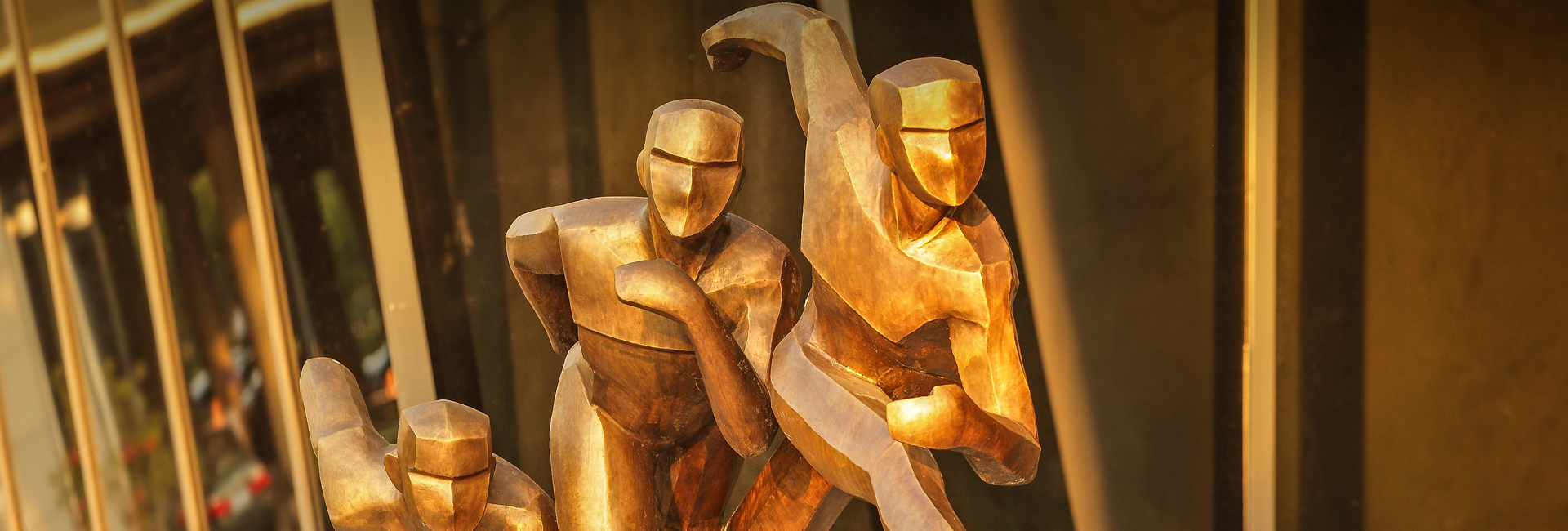by
David Ong, PHBS
Friday, November 20, 2015 | 12:00pm - 13:00pm | Room 763, HSBC Business School Building
Abstract
Many empirical studies have demonstrated a robust labor market beauty premium. Among these, a number have noted a surprisingly strong beauty premium for men. However, it is difficult to rule out productivity related confounds like intelligence and health in empirical studies. Furthermore, this literature has largely ignored the possibility that the beauty premium may begin before entry into the labor market. We tested for the academic source of the beauty premium by sampling 1800 online social media profiles across a wide range of universities in the US and China. We hypothesized that there would be no correlation between the beauty of students and the rank of the university in China, because Chinese universities use only standardized tests scores to admit students. These must necessarily be “beauty blind”. We hypothesized that we would find such correlation among US universities because they also use extracurricular activities and grades. Both could admit of consideration of factors correlated with beauty. Our hypothesis was confirmed in China. However, surprisingly, we only found a significant linear correlation for the beauty of white male university students in the US. We found no significant difference between majors in this trend. For white female students, we found a nonomonotonic trend which peaked at top 100 universities, and declined above and below. Our null finding in China rules out that the beauty premium is due only to health, intelligence, or other factors that could affect academic performance. Our gender difference finding in the US indicates that beautiful men are positively discriminated for either by grade school teachers or admissions officers in the US, while beautiful women are not. The lack of difference across majors suggests that the source is unlikely to be grade school teachers, though these tend to be female. The contrast in our findings between these two countries also suggests a tradeoff between the social good of a “more holistic”, less pressure driven college admission system and the possible contamination of beauty from subjective evaluations. Our findings could also have important implications for the interpretation of prior beauty premium results in the US, which have been attributed to the labor market.








